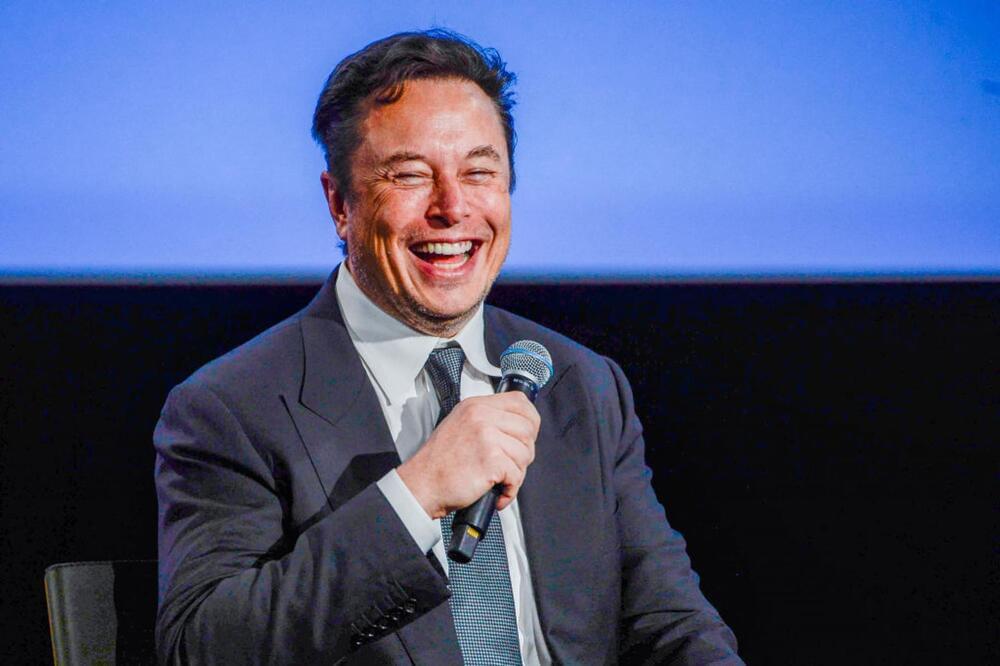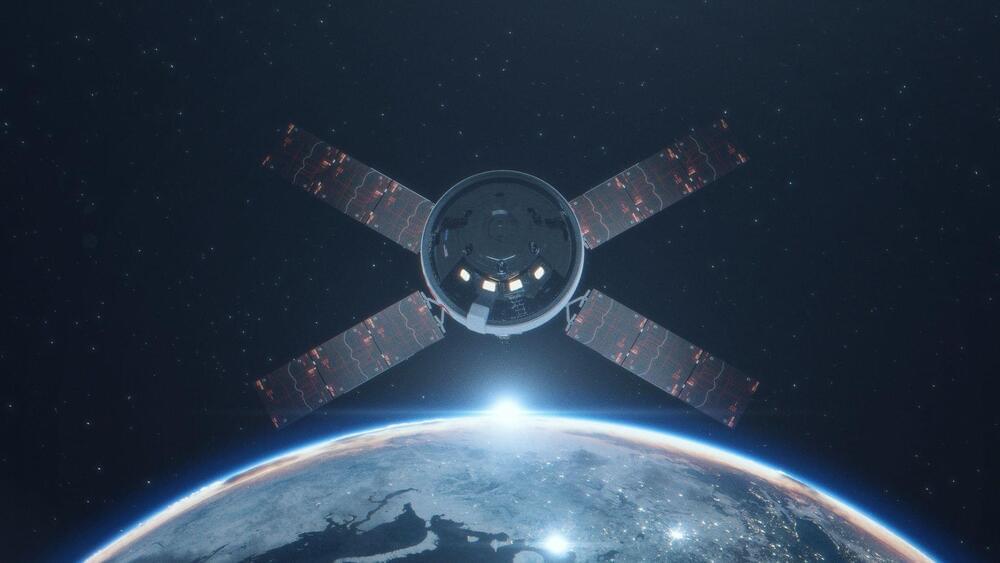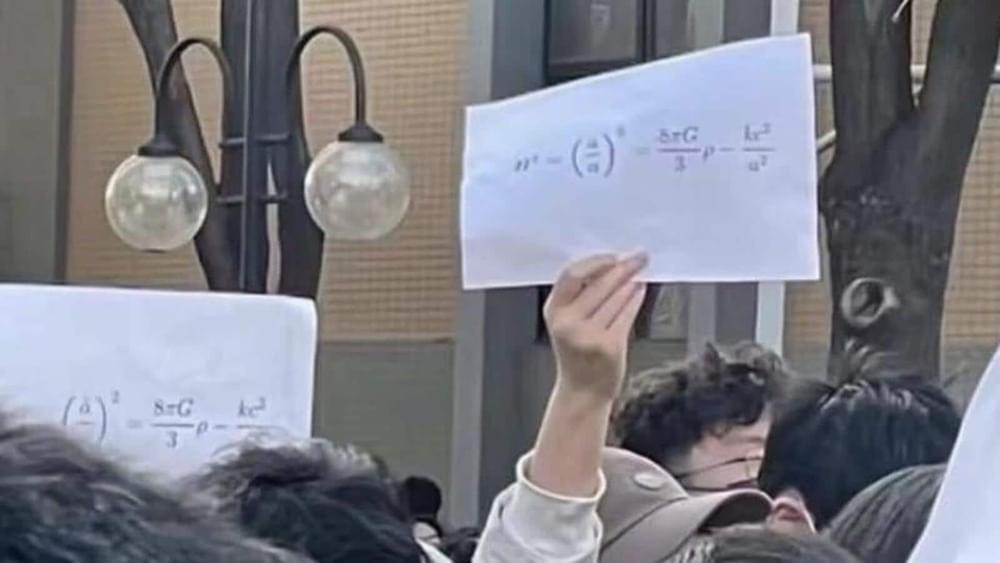Apple cut one of the few ways to avoid censorship in China, airdrops.
Apple’s recent iOS update quietly, and completely unannounced, stopped offering the AirDrop service to Chinese phones and tablets. Airdrops are a file transfer service that sends specific files, directly between phones, without the need for a network. In the wave of anti-government protests larger than ever before, protesters are having to communicate without the use of a crucial tool: AirDrops.
AirDrop, a file-sharing feature on Apple iOS devices, has aided dissent in many authoritarian countries. The phones form a local network of devices, that are independent of any external sources.
Tomas Ragina/iStock.
Airdrops are a file transfer service that sends specific files, directly between phones, without the need for a network. In the wave of anti-government protests larger than ever before, protesters are having to communicate without the use of a crucial tool: AirDrops.








